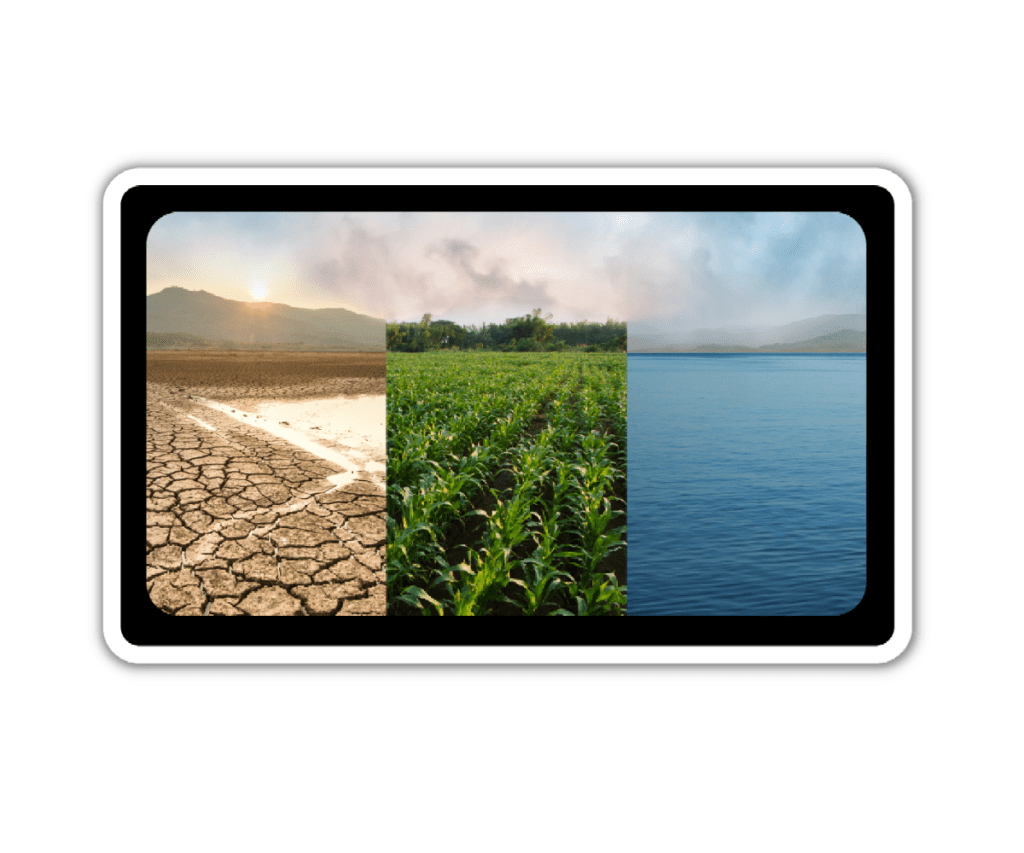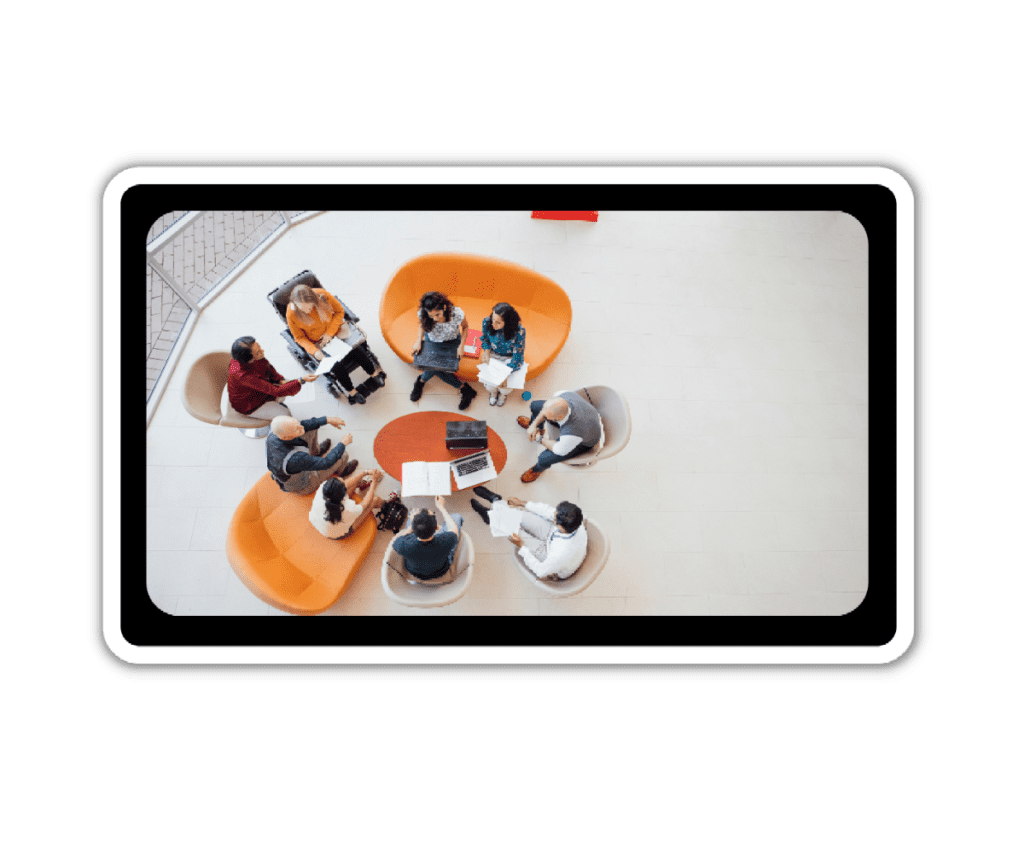The Sustainable Communities Suite- U.S. Community Protocol Family
A Quick Guide to the Sustainable Communities Suite
ICLEI USA has worked closely with the USCP Steering Committee to develop the Sustainable Communities Suite. Together, we have designed the Suite to provide local governments with an overview of their community’s emissions, inequities, and climate hazards.

U.S. Community Protocol and The Sustainable Communities Suite
The U.S. Community Protocol (USCP) was designed to provide unified guidance for U.S. communities to develop a community-wide greenhouse gas inventory. Providing a protocol that every city could utilize for emissions tracking was essential for addressing climate change. Over time, the importance of other elements to further the overall sustainability of a community became prominent. As a result, guidance has been updated to reflect the changing field to include adaptation and equity elements. The USCP has also been expanded to support communities at different levels of climate action.
The Sustainable Communities Suite supports communities with a snapshot of mitigation, adaptation and equity analyses. This Suite will provide guidance for conducting a community-wide greenhouse gas (GHG) emissions profile, equity assessment and climate vulnerability assessment. The Sustainable Communities Suite is designed to help communities start thinking about their GHG emissions, equity, and climate change adaptation in their local context.
On the mitigation side, the USCP Dash provides communities with a snapshot of their GHG emissions through an emissions profile. Essentially, the emissions profile will cover the main GHG emission sources including: building electricity usage, building fuel combustion, and on-road vehicle miles traveled.
The Adaptation: First Steps Guide will provide an introduction to the hazards and vulnerabilities a community must address to prepare for the negative impacts of climate change while the Equity: First Steps Guide will provide communities with an introduction to inequities communities face and the means to track these inequities.
To create and support a sustainable community, communities should address each aspect covered in the Sustainable Communities Suite. Mitigating emissions is just as imperative as adapting to climate changes and reducing inequities. These resources will set local governments on the path to addressing each of these issues. All communities following the Sustainable Communities Suite must address each of the topics covered to better address climate change.
Consider Local Context
Before exploring vulnerabilities, inequities and emission sources, it is important to spend time examining your local context. Each community is unique and its strengths and weaknesses must be considered before moving forward.
Getting Started
Activity: Think about the question “What makes your community great” and make a list of what comes to mind. There are no limits here! This list can include everything from historic sites, public art installations, and natural features to a special local industry, your downtown, or the local vibe–feel free to be creative!
Activity: Make a list of community assets. Community assets are the places, services, infrastructure, ecosystems, institutions, and other resources that a community believes it is important to protect and enhance. In other words, community assets are the tangible and intangible things that people and communities value.
Activity: Think about ways your community has changed in the recent past. Are summers getting hotter and drier? Are winters getting warmer? Has it been raining more often than you remember? Keep a list of your ideas.
Activity: Now is a great time to think about what your community has done to date on climate and to consider readiness to move forward in the adaptation space. Make a list of climate action your community has taken to date. This can include planning efforts (e.g., greenhouse gas inventories, sustainability plans, climate action plans), projects and programs (e.g., resilience hubs, emergency warning systems, green infrastructure), local laws and regulations (e.g., resilient building code updates, zoning), and public-facing commitments (e.g., climate emergency resolution, CDP/GCoM reporting, Race to Zero, Race to Resilience, and the Malmo Commitment).
The Sustainable Communities Suite
After reviewing your local context, you now move into the USCP Dash, Adaptation: First Steps Guide, and Equity: First Steps Guide.
USCP Dash
Reduce your community’s emissions
For a rapid assessment, the USCP Dash includes community-wide greenhouse gas (GHG) emissions from energy use in buildings and from on-road transportation, which together typically represent at least 80% of emissions in a U.S. Community Protocol Standard inventory for communities in the US. The Dash is intended to be a floor rather than a ceiling, to give information for action and a sense of the scale of community GHG emissions.


Adaptation: First Steps Guide
Prepare your community for climate change impacts
The Adaptation: First Steps Guide introduces communities to climate adaptation planning. While anyone can use this resource, it is aimed at local government staff in communities that are early on in their adaptation journey. You do not need to be an expert on climate science or adaptation to use Adaptation: First Steps, though some familiarity with these topics is helpful.
Equity: First Steps Guide
Protect and serve all residents
The Equity: First Steps Guide introduces local governments to equity by helping them identify and track inequities that occur within their community. The guide provides local governments with a starting point for tracking inequities in five distinct categories. These categories include:
- Energy Access
- Public Health
- Infrastructure
- Economic Prosperity, and
- Education.
At a minimum, these are the areas in which communities must analyze inequities.

From First Steps to Implementation Roadmaps
In 2023, ICLEI USA partnered with a team of students from the University of Colorado Boulder Master of Environment (MENV) program to expand the Sustainable Communities Suite. The students–Margot Shrift, Naomi Hennefeld, George Jutras, and Audrey Wheeler–worked with our staff over the course of 2023 to build out the adaptation and equity first steps guides into comprehensive roadmaps for local governments.
Adaptation in Climate Planning and Implementation
Recommendations for U.S. Local Governments
This document expands on the Adaptation: First Steps Guide by providing a foundation for local governments to navigate the adaptation planning process. It outlines a five-milestone process for adaptation planning and provides an overview of how to approach each step.
If your community has already begun adaptation planning, it may make sense to review prior milestones, but begin using the Guide at the milestone that most closely aligns with your current status.
Equity in Climate Planning
Trends and Best Practices for Local Governments
This document expands on the Equity: First Steps Guide by sharing trends and best practices for incorporating equity into local climate action planning.
This report doesn’t aim to be exhaustive or prescribe actions for local governments; instead, it advocates for individual assessment of community needs and values to integrate equity into climate action plans.